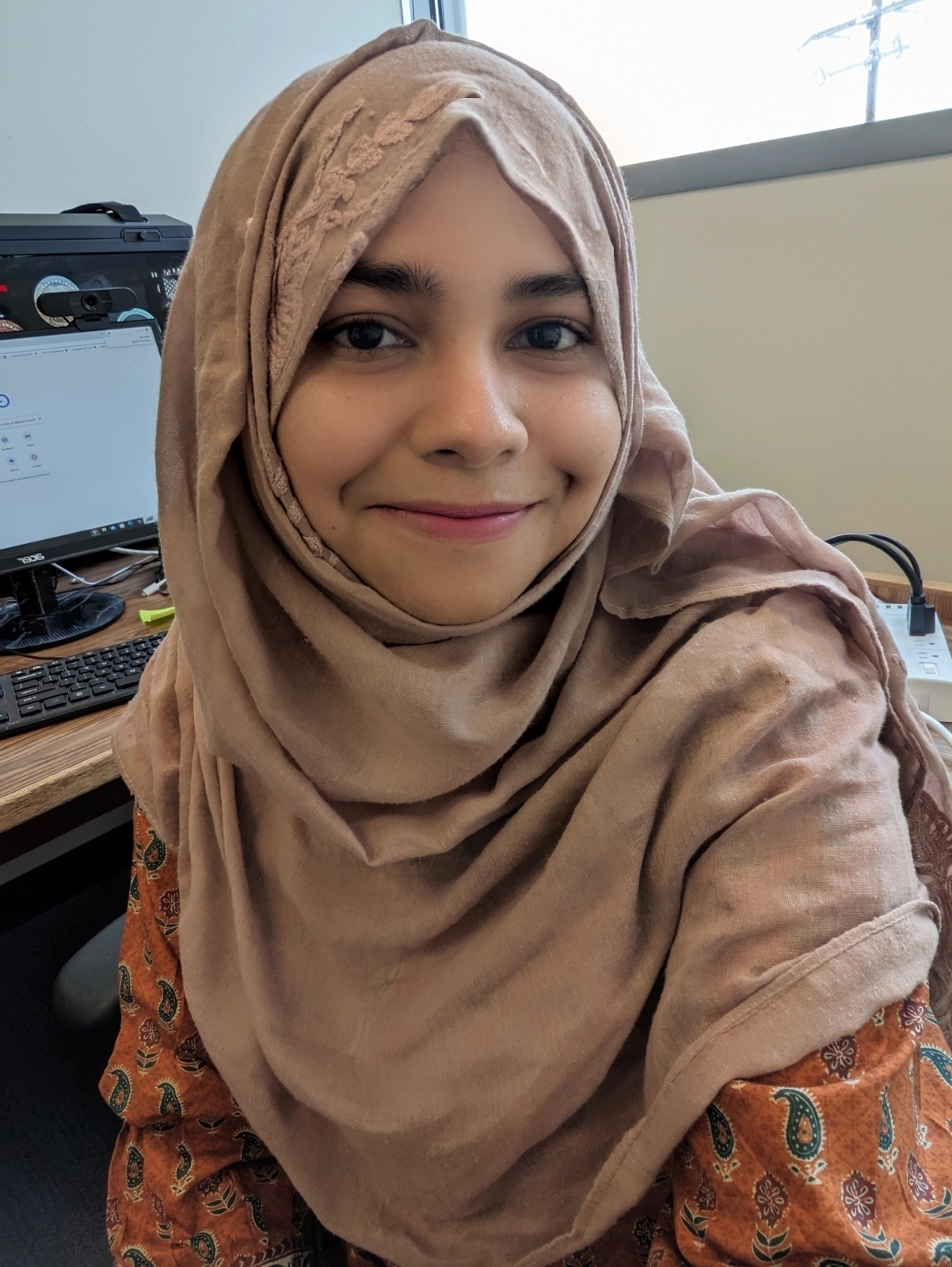Oral
Sustainability (Interdisciplinary)
System Dynamics to Develop a Sustainable and Climate Resilient Controlled-Environment Agricultural System
Tuesday, May 20, 2025
3:45 PM - 4:00 PM Alaska Daylight Time (AKDT)
Room: Room 6

Zarin Subah
Ph.D. Student
University of Idaho, Idaho, United States
Jae Ryu
Professor
University of Idaho, Idaho, United States
Author(s)
Co-Author(s)
Abstract Submission: Climate change and rapid population growth have heightened the demand for sustainable agriculture that minimizes resource use while ensuring global food security. This study focused on developing a controlled environment agriculture system using system dynamics (SD) that minimized water usage through a recirculating aquaponic system and provided optimal growth of organic plants. Basil (Ocimum basilicum) and butterfly koi fish (Cyprinus carpio) were grown in an autonomous aquaponic system (AAS) with an autonomous fish feeder daily feeding 3% of body weight, and the different environmental parameters were monitored by integrating the Internet of Things into the system. We used the SD model to maintain the water flow, water level in the stock (which included the fish tank and plant water reservoir), fish feeding, water quality, photoperiod, and growth-related parameters for optimized plant growth. The result demonstrates that the AAS worked well to organically grow basil plants without additional nutrients or supplements and without water exchange, yielding 13.1 kg/m² in 46 days of transplantation, with an average basil plant height of 29 cm and a leaf area of 59 cm² at harvest. This suggests that the proposed AAS has the potential to provide a viable alternative for food production in areas vulnerable to climate change. It provides a consistent food supply with minimal resource inputs and resilient solutions that can be adopted to mitigate food insecurity.
Learning Objectives/Expected Outcome (Optional) :
Learning Objectives/Expected Outcome (Optional) :

